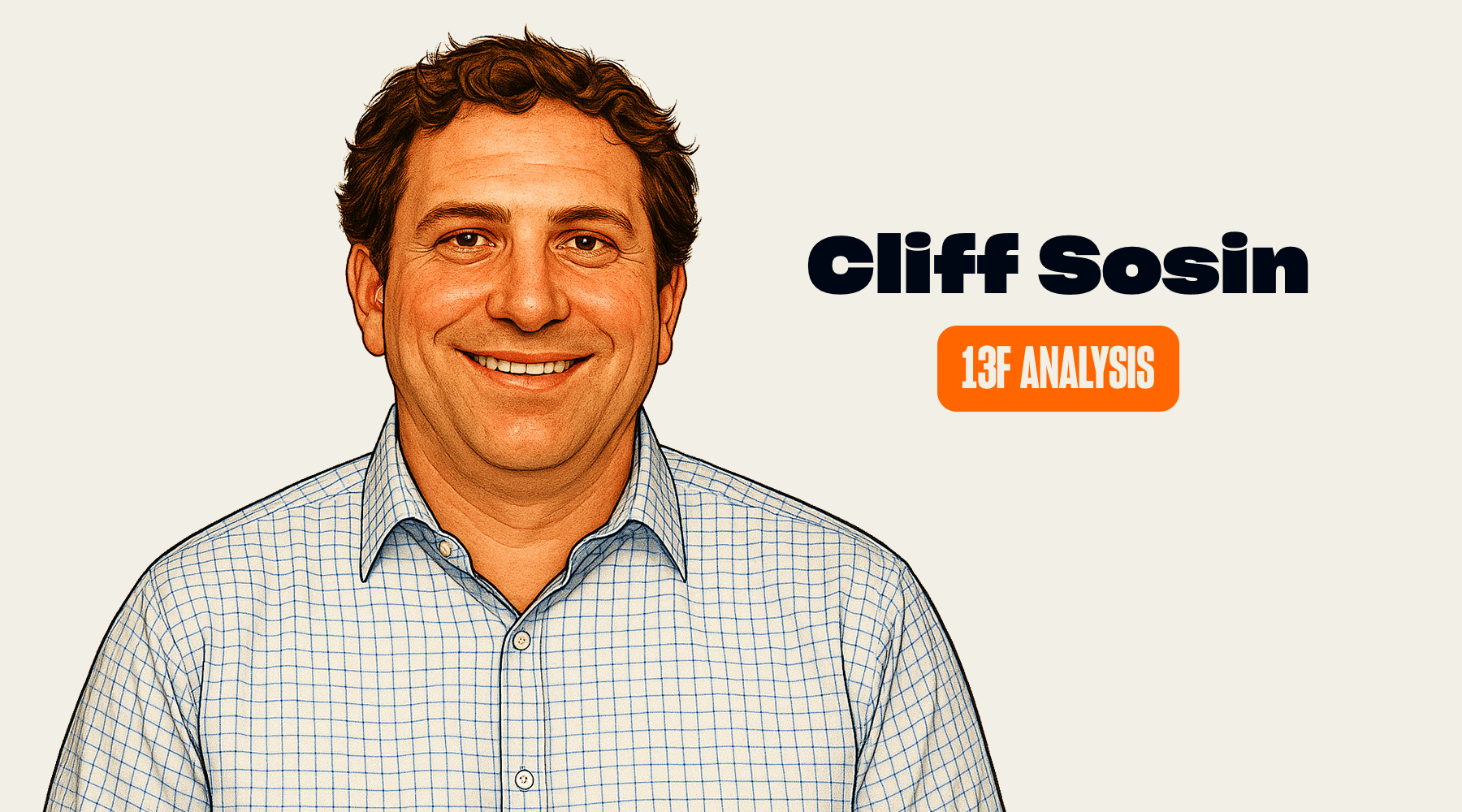This speech was delivered as the commencement address to the graduates of the University of Southern California Law School on May 13, 2007. Andrew Stanton was the writer for all three Toy Story movies, as well as being the writer/director for Wall-E, Finding Nemo and John Carter. In this captivating lecture Stanton talks about the early days of Pixar, storytelling without dialogue, and capturing a truth from your experiencing it.
Commencement Address
A tourist is backpacking through the highlands of Scotland, and he stops at a pub to get a drink. And the only people in there is a bartender and an old man nursing a beer. And he orders a pint, and they sit in silence for a while. And suddenly the old man turns to him and goes, “You see this bar? I built this bar with my bare hands from the finest wood in the county, gave it more love and care than my own child. But do they call me MacGregor the bar builder? No.”
Points out the window. “You see that stone wall out there? I built that stone wall with my bare hands. Found every stone, placed them just so through the rain and the cold. But do they call me MacGregor the stone wall builder? No.”
Points out the window. “You see that pier on the lake out there? I built that pier with my bare hands. Drove the pilings against the tide of the sand, plank by plank. But do they call me MacGregor the pier builder? No. But you fuck one goat… “
Storytelling is joke telling. It’s knowing your punchline, your ending, knowing that everything you’re saying, from the first sentence to the last, is leading to a singular goal, and ideally confirming some truth that deepens our understandings of who we are as human beings. We all love stories. We’re born for them. Stories affirm who we are. We all want affirmations that our lives have meaning. And nothing does a greater affirmation than when we connect through stories. It can cross the barriers of time, past, present and future, and allow us to experience the similarities between ourselves and through others, real and imagined.
The children’s television host Mr. Rogers always carried in his wallet a quote from a social worker that said, “Frankly, there isn’t anyone you couldn’t learn to love once you’ve heard their story.” And the way I like to interpret that is probably the most, greatest story commandment, which is “Make me care” — please, emotionally, intellectually, aesthetically, just make me care. We all know what it’s like to not care. You’ve gone through hundreds of TV channels, just switching channel after channel, and then suddenly you actually stop on one. It’s already halfway over, but something’s caught you and you’re drawn in and you care. That’s not by chance, that’s by design.
So it got me thinking, what if I told you my history was story, how I was born for it, how I learned along the way this subject matter? And to make it more interesting, we’ll start from the ending and we’ll go to the beginning. And so if I were going to give you the ending of this story, it would go something like this: And that’s what ultimately led me to speaking to you here at TED about story.
And the most current story lesson that I’ve had was completing the film I’ve just done this year in 2012. The film is John Carter. It’s based on a book called The Princess of Mars, which was written by Edgar Rice Burroughs. And Edgar Rice Burroughs actually put himself as a character inside this movie, and as the narrator. And he’s summoned by his rich uncle, John Carter, to his mansion with a telegram saying, “See me at once.” But once he gets there, he’s found out that his uncle has mysteriously passed away and been entombed in a mausoleum on the property.
[Video of Butler: You won’t find a keyhole. Thing only opens from the inside. He insisted, no embalming, no open coffin, no funeral. You don’t acquire the kind of wealth your uncle commanded by being like the rest of us, huh? Come, let’s go inside.]
What this scene is doing, and it did in the book, is it’s fundamentally making a promise. It’s making a promise to you that this story will lead somewhere that’s worth your time. And that’s what all good stories should do at the beginning, is they should give you a promise. You could do it an infinite amount of ways. Sometimes it’s as simple as “Once upon a time … “ These Carter books always had Edgar Rice Burroughs as a narrator in it. And I always thought it was such a fantastic device. It’s like a guy inviting you around the campfire, or somebody in a bar saying, “Here, let me tell you a story. It didn’t happen to me, it happened to somebody else, but it’s going to be worth your time.” A well told promise is like a pebble being pulled back in a slingshot and propels you forward through the story to the end.
In 2008, I pushed all the theories that I had on story at the time to the limits of my understanding on this project.
Storytelling without dialogue. It’s the purest form of cinematic storytelling. It’s the most inclusive approach you can take. It confirmed something I really had a hunch on, is that the audience actually wants to work for their meal. They just don’t want to know that they’re doing that. That’s your job as a storyteller, is to hide the fact that you’re making them work for their meal.
We’re born problem solvers. We’re compelled to deduce and to deduct, because that’s what we do in real life. It’s this well-organized absence of information that draws us in. There’s a reason that we’re all attracted to an infant or a puppy. It’s not just that they’re damn cute; it’s because they can’t completely express what they’re thinking and what their intentions are. And it’s like a magnet. We can’t stop ourselves from wanting to complete the sentence and fill it in.
I first started really understanding this storytelling device when I was writing with Bob Peterson on Finding Nemo. And we would call this the unifying theory of two plus two. Make the audience put things together. Don’t give them four, give them two plus two. The elements you provide and the order you place them in is crucial to whether you succeed or fail at engaging the audience. Editors and screenwriters have known this all along. It’s the invisible application that holds our attention to story. I don’t mean to make it sound like this is an actual exact science, it’s not. That’s what’s so special about stories, they’re not a widget, they aren’t exact. Stories are inevitable, if they’re good, but they’re not predictable.
I took a seminar in this year with an acting teacher named Judith Weston. And I learned a key insight to character. She believed that all well-drawn characters have a spine. And the idea is that the character has an inner motor, a dominant, unconscious goal that they’re striving for, an itch that they can’t scratch. She gave a wonderful example of Michael Corleone, Al Pacino’s character in “The Godfather,”and that probably his spine was to please his father. And it’s something that always drove all his choices. Even after his father died, he was still trying to scratch that itch. I took to this like a duck to water. Wall-E’s was to find the beauty. Marlin’s, the father in “Finding Nemo,” was to prevent harm. And Woody’s was to do what was best for his child. And these spines don’t always drive you to make the best choices. Sometimes you can make some horrible choices with them.
I’m really blessed to be a parent, and watching my children grow, I really firmly believe that you’re born with a temperament and you’re wired a certain way, and you don’t have any say about it, and there’s no changing it. All you can do is learn to recognize it and own it. And some of us are born with temperaments that are positive, some are negative. But a major threshold is passed when you mature enough to acknowledge what drives you and to take the wheel and steer it. As parents, you’re always learning who your children are. They’re learning who they are. And you’re still learning who you are. So we’re all learning all the time. And that’s why change is fundamental in story. If things go static, stories die, because life is never static.
In 1998, I had finished writing Toy Story and A Bug’s Life and I was completely hooked on screenwriting. So I wanted to become much better at it and learn anything I could. So I researched everything I possibly could. And I finally came across this fantastic quote by a British playwright, William Archer: “Drama is anticipation mingled with uncertainty.” It’s an incredibly insightful definition.
When you’re telling a story, have you constructed anticipation? In the short-term, have you made me want to know what will happen next? But more importantly, have you made me want to know how it will all conclude in the long-term? Have you constructed honest conflicts with truth that creates doubt in what the outcome might be? An example would be in Finding Nemo, in the short tension, you were always worried, would Dory’s short-term memory make her forget whatever she was being told by Marlin. But under that was this global tension of will we ever find Nemo in this huge, vast ocean?
In our earliest days at Pixar, before we truly understood the invisible workings of story, we were simply a group of guys just going on our gut, going on our instincts. And it’s interesting to see how that led us places that were actually pretty good. You’ve got to remember that in this time of year, 1993, what was considered a successful animated picture was The Little Mermaid, Beauty and the Beast, Aladdin, Lion King. So when we pitched Toy Story to Tom Hanks for the first time, he walked in and he said, “You don’t want me to sing, do you?”And I thought that epitomized perfectly what everybody thought animation had to be at the time. But we really wanted to prove that you could tell stories completely different in animation.
We didn’t have any influence then, so we had a little secret list of rules that we kept to ourselves. And they were: No songs, no I want moment, no happy village, no love story. And the irony is that, in the first year, our story was not working at all and Disney was panicking. So they privately got advice from a famous lyricist, who I won’t name, and he faxed them some suggestions. And we got a hold of that fax. And the fax said, there should be songs, there should be an I want song, there should be a happy village song, there should be a love story and there should be a villain. And thank goodness we were just too young, rebellious and contrarian at the time. That just gave us more determination to prove that you could build a better story. And a year after that, we did conquer it. And it just went to prove that storytelling has guidelines, not hard, fast rules.
Another fundamental thing we learned was about liking your main character. And we had naively thought, well Woody in Toy Story has to become selfless at the end, so you’ve got to start from someplace. So let’s make him selfish. And this is what you get.
Woody: What do you think you’re doing? Off the bed. Hey, off the bed!
Mr. Potato Head: You going to make us, Woody?
Woody: No, he is. Slinky? Slink … Slinky! Get up here and do your job. Are you deaf? I said, take care of them.
Slinky: I’m sorry, Woody, but I have to agree with them. I don’t think what you did was right.
Woody: What? Am I hearing correctly? You don’t think I was right? Who said your job was to think, Spring Wiener?
So how do you make a selfish character likable? We realized, you can make him kind, generous, funny, considerate, as long as one condition is met for him, is that he stays the top toy. And that’s what it really is, is that we all live life conditionally. We’re all willing to play by the rules and follow things along, as long as certain conditions are met. After that, all bets are off. And before I’d even decided to make storytelling my career, I can now see key things that happened in my youth that really sort of opened my eyes to certain things about story.
In 1986, I truly understood the notion of story having a theme. And that was the year that they restored and re-released Lawrence of Arabia. And I saw that thing seven times in one month. I couldn’t get enough of it. I could just tell there was a grand design under it — in every shot, every scene, every line. Yet, on the surface it just seemed to be depicting his historical lineage of what went on. Yet, there was something more being said. What exactly was it? And it wasn’t until, on one of my later viewings, that the veil was lifted and it was in a scene where he’s walked across the Sinai Desert and he’s reached the Suez Canal, and I suddenly got it.
Boy: Hey! Hey! Hey! Hey!
Cyclist: Who are you? Who are you?
That was the theme: Who are you? Here were all these seemingly disparate events and dialogues that just were chronologically telling the history of him, but underneath it was a constant, a guideline, a roadmap. Everything Lawrence did in that movie was an attempt for him to figure out where his place was in the world. A strong theme is always running through a well-told story.
When I was five, I was introduced to possibly the most major ingredient that I feel a story should have, but is rarely invoked. And this is what my mother took me to when I was five.
I walked out of there wide-eyed with wonder. And that’s what I think the magic ingredient is, the secret sauce, is can you invoke wonder. Wonder is honest, it’s completely innocent. It can’t be artificially evoked. For me, there’s no greater ability than the gift of another human being giving you that feeling — to hold them still just for a brief moment in their day and have them surrender to wonder. When it’s tapped, the affirmation of being alive, it reaches you almost to a cellular level. And when an artist does that to another artist, it’s like you’re compelled to pass it on. It’s like a dormant command that suddenly is activated in you, like a call to Devil’s Tower. Do unto others what’s been done to you. The best stories infuse wonder.
When I was four years old, I have a vivid memory of finding two pinpoint scars on my ankle and asking my dad what they were. And he said I had a matching pair like that on my head, but I couldn’t see them because of my hair. And he explained that when I was born, I was born premature, that I came out much too early, and I wasn’t fully baked; I was very, very sick. And when the doctor took a look at this yellow kid with black teeth, he looked straight at my mom and said, “He’s not going to live.” And I was in the hospital for months. And many blood transfusions later, I lived, and that made me special.
I don’t know if I really believe that. I don’t know if my parents really believe that, but I didn’t want to prove them wrong. Whatever I ended up being good at, I would strive to be worthy of the second chance I was given.
And that’s the first story lesson I ever learned. Use what you know. Draw from it. It doesn’t always mean plot or fact. It means capturing a truth from your experiencing it, expressing values you personally feel deep down in your core. And that’s what ultimately led me to speaking to you here at TEDTalk today.
Thank you.
The Key is Wonder
Stanton describes being taken at age five to see the Disney’s animated classic Bambi. Of this experience he says:
That’s what I think the magic ingredient is, the secret sauce, is can you invoke wonder. Wonder is honest, it’s completely innocent. It can’t be artificially evoked. For me, there’s no greater ability than the gift of another human being giving you that feeling — to hold them still just for a brief moment in their day and have them surrender to wonder. When it’s tapped, the affirmation of being alive, it reaches you almost to a cellular level. And when an artist does that to another artist,it’s like you’re compelled to pass it on. It’s like a dormant command that suddenly is activated in you, like a call to Devil’s Tower. Do unto others what’s been done to you. The best stories infuse wonder.
Browse my collection of history's greatest speeches and lectures →













